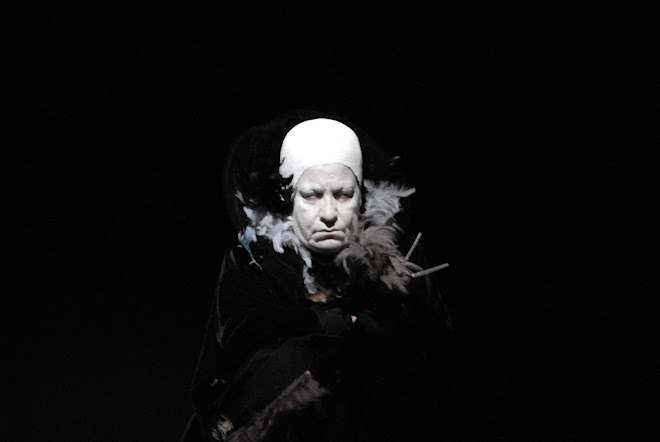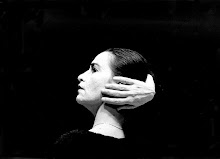Mystical like all that is Great
Magical like all that is Mystical
We bring the myth of Oedipus on the stage
What is this that has tortured man for centuries, in his relationship with the parental figures?
What is the curse that has stigmatized Laius from the ancient myth until today, that was, to be murdered and substituted by his son?
The performance “Seeking Oedipus” reveals through one of the most ancient myths, the causes of the House of Lavdakides destruction
A performance created with the materials of Silence
The Silence that says the unsaid
The Silence that sanctifies
The verbose Silence of the body
The Silence of the gaze
The universal Silence of humanity
Along with the music that the bodies create, the narration of the Oedipus’ myth is subscribed directly to the audiences’ subconscious, creating an ultimately interactive performance, and by holding Apollo’s thread, it unifies the stage with the audience in a constant vigilance.
The Theatre of Silence presents the performance “Seeking Oedipus” , which is created with the ancient but also the absolutely timeless Art of Mime. An Art that was born in









